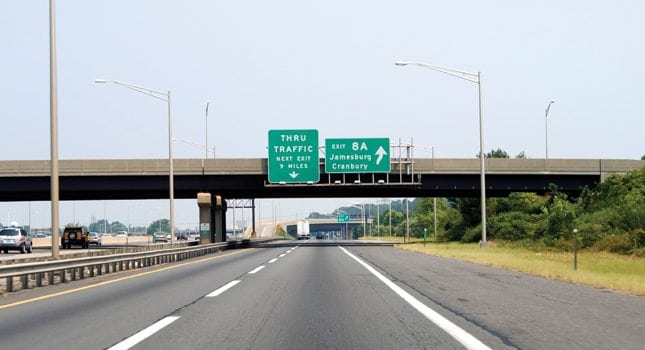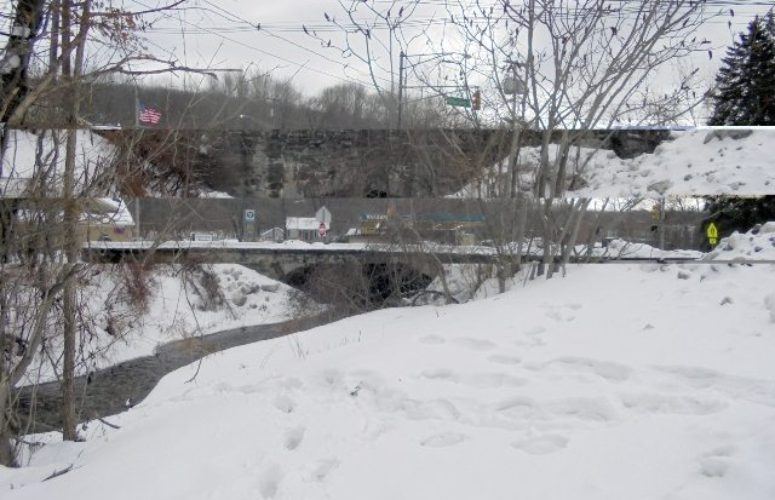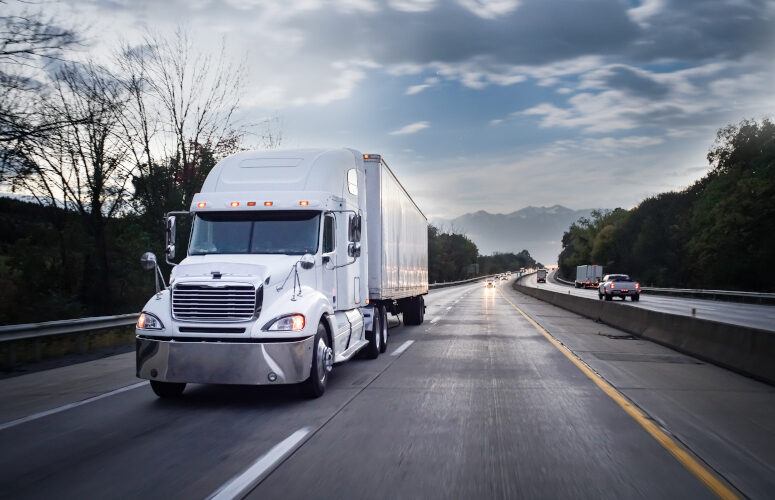
Transportation Improvements
Road and bridge refurbishments key to business growth.
By James S. Simpson, Former Commissioner, NJ Department of Transportation On Sep 1, 2014A strong economy is dependent on the efficient movement of people and goods. It is an issue I know well – from both my time in public service as well as the private sector.
While attending St. John’s University, I worked as a tractor-trailer driver. After graduation, I built a small trucking company into an international transportation and relocation company. Mobility and ease of movement were critical to the company’s success – and I know from experience the value of a state-of-the-art, integrated, multi-modal transportation system.
New Jersey is a vital link to the regional, national and global economy. The Port of New York and New Jersey is the largest on the East Coast, and the interstate highways and railways, as well as Newark Liberty International Airport, provide not only an integrated distribution network, but a solid economic engine for job creation.
Governor Christie understands the importance of transportation in creating and maintaining a robust environment to attract businesses to the Garden State and to provide the quality of life businesses and their employees demand.
Capital Projects
During the Christie Administration, the New Jersey Department of Transportation (DOT) has broken ground on two of the biggest projects it has ever undertaken: the $1-billion Pulaski Skyway Rehabilitation and the $900-million Direct Connection project where I-295, I-76 and Route 42 merge. Later this year, the New Jersey Turnpike widening project between Interchanges 6 and 9 will be complete, providing greater capacity to reduce congestion and keep people and goods moving.
These long-term projects are designed to improve safety and mobility for our state and region.
Pulaski Skyway
The Pulaski Skyway is a 3.5-mile long bridge that connects Newark to Jersey City and is one of the main arteries leading to New York. The steel bridge is 82 years old and in need of repair.
In April, we began to tear off 14 lane-miles of the Pulaski’s original bridge deck – more than a million square feet – and install brand new, 21st-century decking consisting of high-strength prefabricated concrete panels, with new steel floorbeams and stringers needed to support the deck. When we finish the rehabilitation project, the Skyway will be taken off our structurally deficient list and will be ready for another 75 years of safe use.
Direct Connection
The purpose of the Direct Connection project is to improve safety and reduce traffic congestion at the intersection of I-295, I-76 and Route 42. It will address quality-of-life issues relating to motorists, residents and the environment.
The interchange serves as a major artery for Philadelphia commuter traffic via the Walt Whitman Bridge, and as a connection to the southern New Jersey shore, Route 42 and the Atlantic City Expressway. This interchange is the busiest in the region, serving all types of travelers – business, recreational, educational, shopping and tourism.
Direct Connection will go a long way toward resolving serious safety and mobility problems. As part of the project, a viaduct will be built that will carry I-295 traffic over Rt. 42 and I-76, eliminating the convoluted movements that are now required to stay on I-295. It is an effort to improve quality of life, keep our roads safe and keep businesses in New Jersey.
NJ Turnpike
Traffic volume on the Turnpike has steadily increased over the years and is expected to grow even more in the next 20 years. Between 2005 and 2032, population and employment growth in central New Jersey is expected to increase by 17.5 percent and 28.2 percent, respectively. The volume of goods moving from Port Newark and Port Elizabeth will continue to grow; expansions at the Port of NY/NJ and growth at Newark Liberty International Airport also will contribute to increased traffic.
As a result, by 2032, northbound traffic volume is expected to increase by nearly 68 percent; southbound traffic is forecasted to increase by 92 percent.
By Thanksgiving, the Turnpike Authority will complete its $2.3-billion widening program, consisting of approximately 35 miles of road widening and associated interchange improvements. It is the largest widening in the 62-year history of the Turnpike Authority and will result in a six-lane split roadway in each direction from Interchange 6 to Interchange 9, capable of accommodating projected traffic needs through 2032.
In 2008, just 47 percent of our roads were rated acceptable. Now that figure stands at 58 percent, a remarkable increase in a relatively short period of time. In addition, pavement rated in good condition, which was at an all-time low of just 10 percent in 2005, now is up to 28 percent.
We own or maintain 2,574 bridges. In 2010, when 330 of our bridges were rated structurally deficient, we set a goal for ourselves to cut that number in half, to 165 bridges by 2021. The number now stands at 293, or 11 percent of our inventory.
Having well maintained highways and bridges not only improves a company’s ability to do business, but also impacts the quality of life for employees.
Related Articles:





